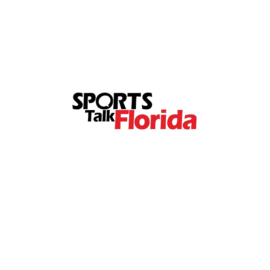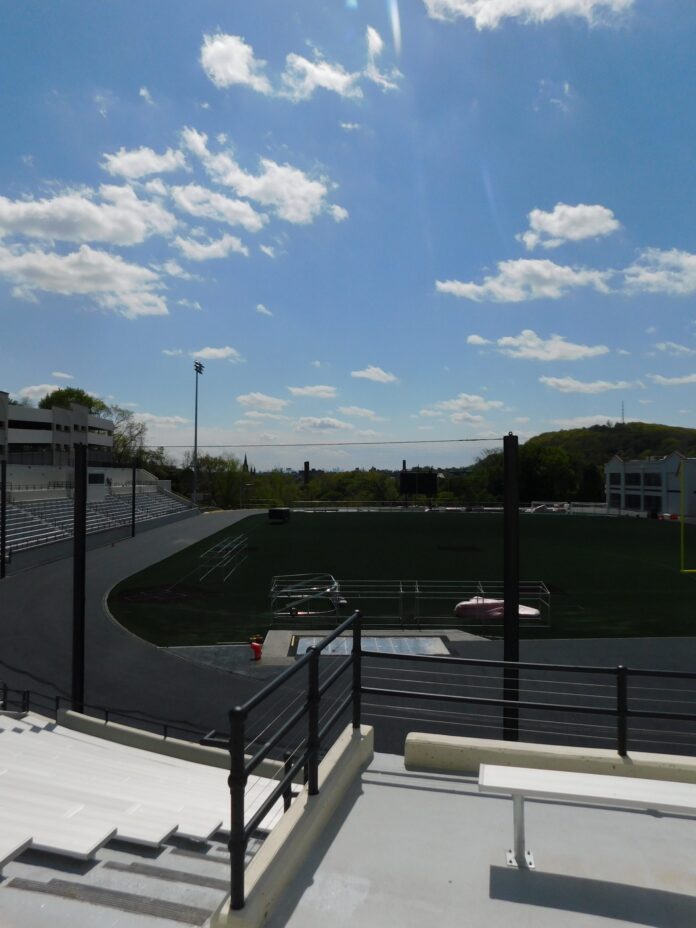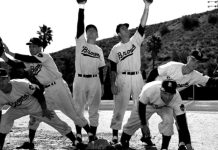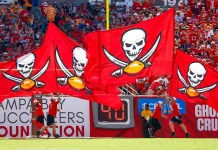The Paterson, New Jersey stadium was the scene of Negro League baseball games.
One of the last standing Negro baseball league stadiums in the United States, Hinchliffe Stadium which opened in 1932 in Paterson, New Jersey, has been renovated and is back in action. It is the home of the Frontier League’s Jersey Jackals. It took more than $100 million in funding, which in part was paid by New Jersey taxpayers, to revitalize the stadium. Paterson was the home of two Negro League baseball teams, the New York Black Yankees and the New York Cubans in the 1930s and 1940s. The ballpark, which was closed in 1997, was refurbished as part of a Paterson urban development plan. The 7,800-seat stadium is designed to also host soccer, football and track and field events.
Hinchcliffe Stadium will have a museum that will feature Negro baseball league history. The facility is part of a stadium-village as there is a senior citizen apartment complex adjacent to the venue. The original Paterson stadium not only hosted baseball games but staged integrated concerts along with other entertainment events. Baseball Hall of Famers Larry Doby, Monte Irvin, Josh Gibson, Oscar Charleston and “Cool Papa” Bell played there. Duke Ellington performed one of his final concerts there in 1971. The stadium also hosted boxing matches, auto racing and minor league soccer. In the 1940s, the Bud Abbott and Lou Costello comedy team performed their Who’s On First baseball routine at the stadium. Costello was a Paterson native. Also, in the 1940s, the Andrews Sisters sang there. Paterson is New Jersey’s third biggest city and once was an economic powerhouse with a silk industry leading the way but by the 1960s, Paterson fell into a steep decline. The rebuilt stadium is a National Historic Landmark because of the Negro Leagues and is part of the Great Falls National Historic Landmark District.
Evan Weiner’s books are available at iTunes – https://books.apple.com/us/author/evan-weiner/id595575191
Evan can be reached at evan_weiner@hotmail.com

Hinchcliffe Stadium was designated a National Historic Landmark in March 2013. It became a Paterson Historic Landmark in May 2013. In December 2014, legislation passed in the United States Congress to include the stadium in the Great Falls National Landmark District.







